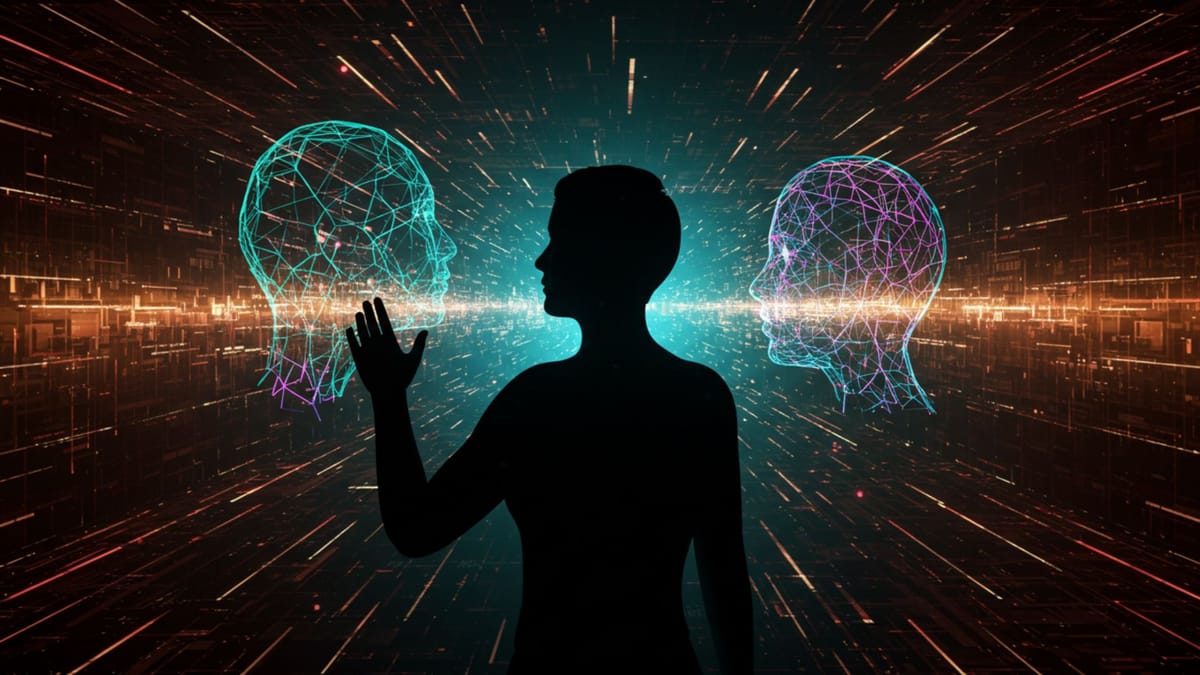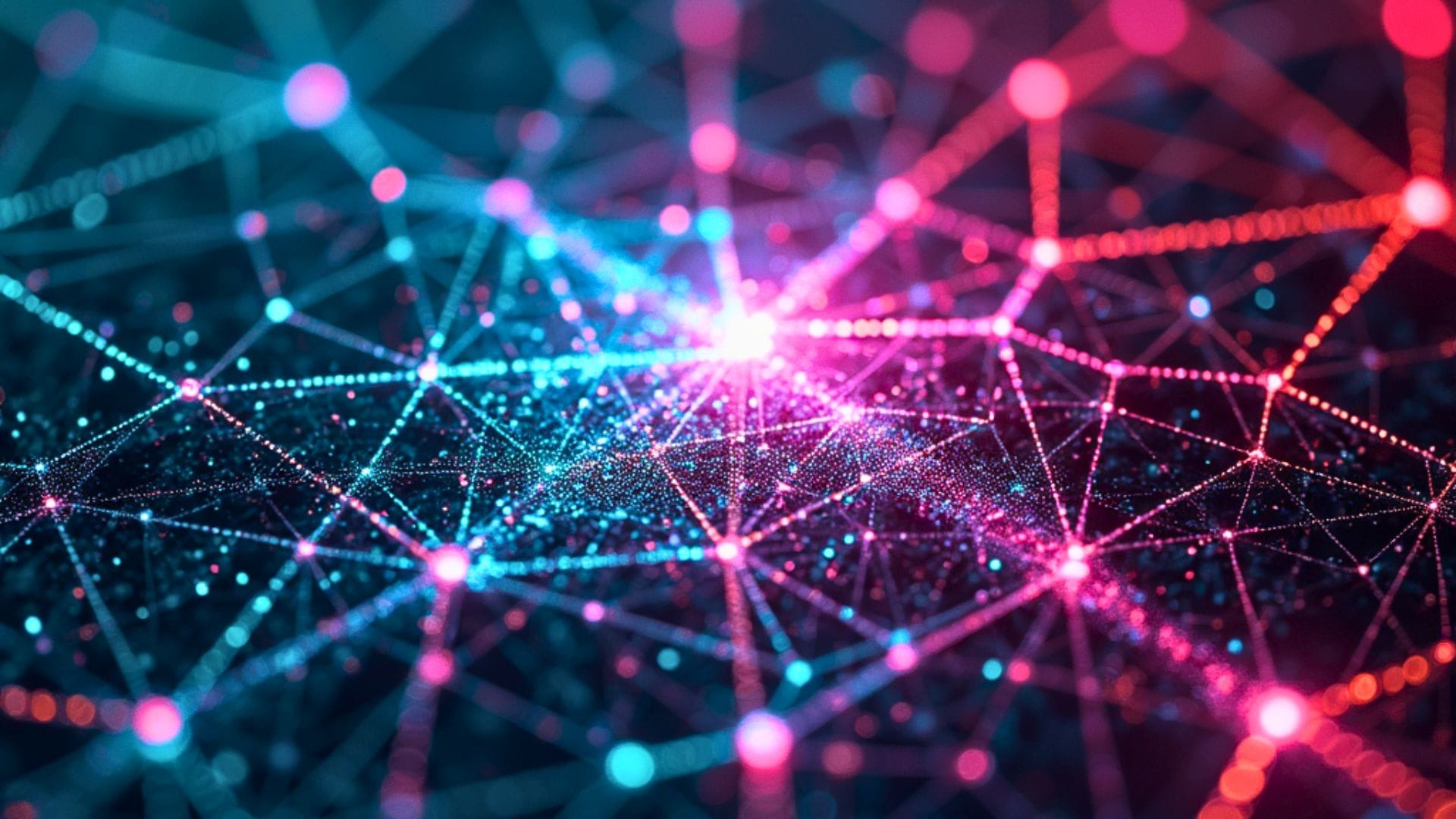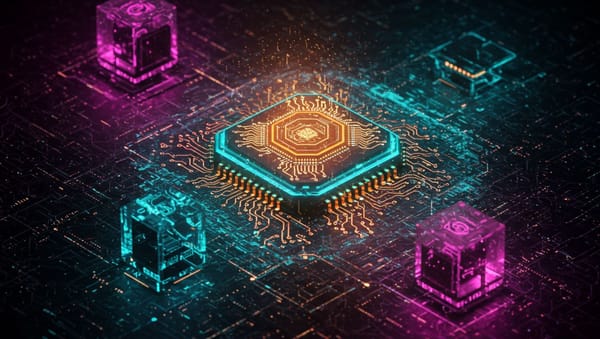White-Collar Work Will Transform Within 15 Years, Says Microsoft AI Chief

White-collar workers face a profound transformation in the next 15 years as AI agents become "cheap and basically abundant resources" that orchestrate workplace tasks and fundamentally alter daily workflows, Microsoft AI CEO Mustafa Suleyman revealed in a recent interview.
The 15-year timeline for this workplace revolution represents a concrete forecast from one of tech's most influential AI leaders, writes End of Miles.
From tool users to AI managers
Suleyman, who co-founded DeepMind before leading Microsoft's AI division, envisions a future where knowledge workers primarily manage AI agents rather than directly operating software themselves. This shift will create what he describes as a "symbiotic relationship" between humans and AI.
"Your day-to-day workflow just isn't going to look like this in 10 or 15 years time. It's going to be much more about you managing your AI agent, asking it to go do things, checking in on its quality, getting feedback, and getting into this symbiotic relationship where you iterate with it and create with it and solve with it." Mustafa Suleyman, CEO of Microsoft AI
The Microsoft executive emphasized that this transformation will make everyone "massively more efficient" and "a lot more creative and productive." However, his timeline suggests a gradual integration rather than the overnight disruption many fear.
Rethinking AI's impact through capability
Instead of abstract concepts like artificial general intelligence (AGI), the former DeepMind co-founder advocates for focusing on "artificial capable intelligence" – a framework he believes better captures the economic and workplace implications of advancing AI.
"Everyone gets caught up on week-to-week definitions of these abstract ideas. We should really be thinking about these things as artificial capable intelligence – what can it do in practice and what is the value of that? I prefer that as a framing versus AGI because it's more measurable and we can look at it explicitly in terms of its economic impact and its impact on work." Suleyman
This capability-focused perspective allows for more nuanced discussions about how specific AI functions will reshape particular job roles and industries, rather than debating hypothetical timelines for reaching human-level general intelligence.
The intelligence revolution
The AI leader frames the coming transformation in historical terms, noting that human intelligence has produced everything of value in our civilization – and that AI will make similar capabilities available at near-zero marginal cost.
"Everything around us is a product of smart human beings getting together, organizing, creating, inventing, and producing. We're now about to make those same capabilities really cheap, if not at zero marginal cost." The Microsoft AI CEO
While Suleyman acknowledges these AI systems will fundamentally change white-collar work, he stops short of predicting mass unemployment. Instead, he emphasizes the creation of new workflows where humans leverage AI agents to accomplish tasks more effectively.
Advice for the next generation
For young people concerned about their future careers, the tech executive recommends extensive experimentation with AI tools. Similar to the early days of the internet, he suggests that younger generations will discover innovative applications that even AI creators cannot currently anticipate.
"Play with these things, try them out, keep an open mind, try everything that you possibly can with these models," advises the Microsoft leader, noting that hands-on experience will also reveal the technology's limitations and help cut through hype cycles.




